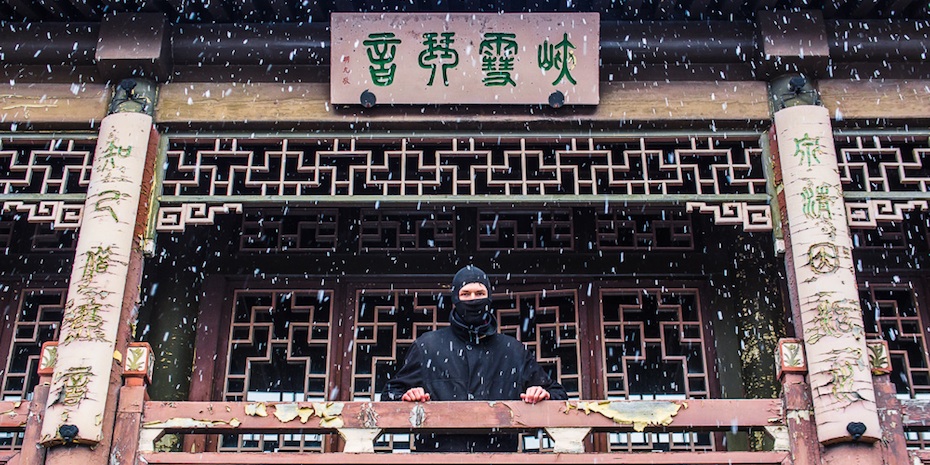
I was first attracted to urbex (or ‘haikyo‘ in Japanese) by the promise of adventure. The thrill of touring abandoned buildings and sneaking around places one probably shouldn’t go. The excitement of finding long-forgotten rooms and corridors littered with remnants of the past, of trying to piece together the scraps of history left behind. Grabbing my camera, I headed out to photograph a dilapidated structure. My first destination was an old hospital in northern England. As I tiptoed around my heart was in my throat.
Just what was lurking around this next corner? Why was this building left abandoned? Are these floors really safe to walk upon?
I continued on, photographing the rusty relics I came across in each room and gradually building up a mental map of the structure. It was fascinating: a sign dangled down, ready to fall at any moment, and old patient records were strewn across the floor.
At the time I was a student at university about to complete my joint honours degree in Philosophy and Japanese. After graduation I came to work in Japan, and here I found a wealth of abandoned bubble-era structures that continued to fuel my interest in urban exploration. Japan has a thriving subculture devoted to the pursuit. “Haikyo Maniacs,” as they are sometimes labeled, are the equivalent of “urban explorers” overseas. As soon as I arrived, I headed down to the largest bookstore and discovered books detailing the subject with gorgeous photographs, historical records and accounts of nail-biting exploration.
It’s been five years now since I began this hobby and I have been lucky enough to explore numerous abandoned buildings. From small, wooden medical shacks hidden deep in the countryside of central Japan, to sprawling hotel ruins in the subtropical regions of Okinawa, and deserted mines tucked away on mountains. Although the same excitement bubbles up within me on each excursion, throughout my explorations I’ve also begun to experience a very different set of feelings.
Present in many of the ruins is a sense of sadness. It comes from the places themselves: the cracks in the walls of buildings giving way to creeping plants, the tatami mats sagging from years of leaky ceilings, and the fading photographs. I’m reminded that we are transient beings, all part of the natural cycle of birth, growth, decay and eventual death. It’s also possible to associate these observations with wabi-sabi, an aesthetic rooted in the acceptance of the transience of things. For me, it is a lingering, forlorn feeling for what once was, coupled with awe at the sight of nature reclaiming things for its own. An aged and unforced harmony that conceals a hidden beauty.
But in addition to the beauty, there are also many dangers involved when exploring abandoned buildings. The structures are often unsafe and at risk of collapsing. Many also contain hazardous substances and are not well ventilated. It’s also important to be aware that entering a structure may be considered trespassing. For these reasons it is not something I recommend pursuing lightly and one should be fully aware of all the risks before even considering venturing outside.
However, for me urban exploration has become a never ending source of inspiration. It’s a chance to encounter scenes quite unlike those we come across in every day life and document them before their inevitable demise. Perhaps, too, we may learn something about the world and ourselves in the process.
**********
If you’d like to read some of my haikyo adventures, click here!
To learn more about Japan’s breed of urban explorers, the Haikyo Maniacs, check out my article on Gaijinpot here.
This article was originally published in the Hiragana Times and has been tweaked slightly.









Hi love your site pics and vids and witty too which i like i just got into urbex i sneaked into blackpool pleasure beach a few weeks ago and went up the big coaster it was blowing a fizzer and the whole thing was shaking like a shitting dog which added to the adrenalin but resulted in bad pics lol. peace